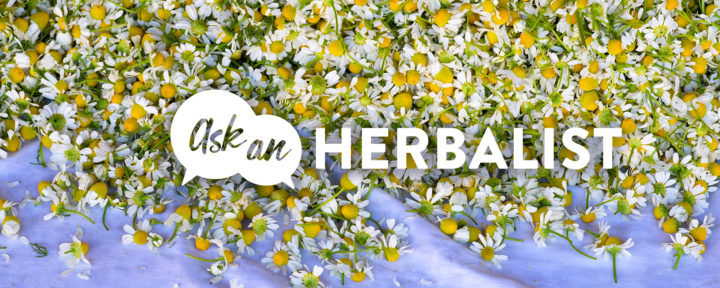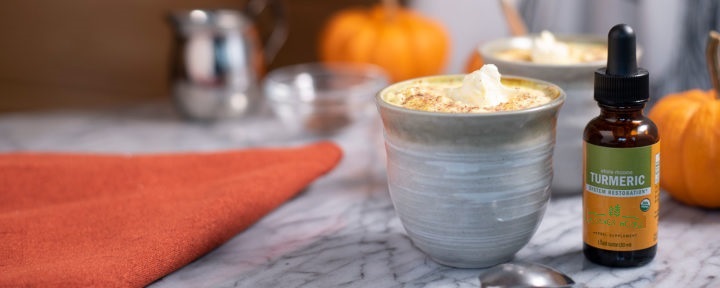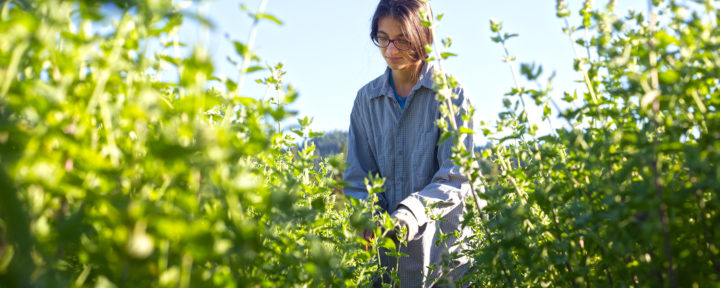Eleuthero
Eleutherococcus senticosus
Araliaceae – Ginseng family
- Ussurian thorny pepperbush
- pinyin: Ci Wu Jia1
Details & Ingredients
BOTANICAL DESCRIPTION
This deciduous woody shrub has mostly unbranched stems that grow approximately 10 to 20 feet (4 to 6 meters).2,4,6 The young stems are covered with flexible prickles, while the older stems are mostly smooth.2 The leaves are palmately compound with five leaflets that are elliptical with a serrated margin that are often attached to the stem by reddish petioles.2 Flowers are small, multiple, and umbelliferous; attached by long peduncles at the end of stems.2 Fruit is a drupe with multiple kernels.2 The root is a cylindrical dark brown taproot that is sometimes branched with a smooth exterior and a thin bark about 0.5 cm in diameter.2 The rhizome is pale brown, up to 4 cm thick, wrinkled lengthwise, and shows the root scars with aerial stem traces and a pale yellow interior.2
root (root and rhizome)
Prominent Constituents Reported in the Scientific Literature:
Eleutherosides, triterpenoid saponins, phytosterols and polysaccharides.2,3
TurkeyES
Enhances Physical & Mental Energy & Stamina.*
DID YOU KNOW?
In ancient China, the common form of this herb was extracted in wine; today we use a slightly higher proof alcohol derived from sugar cane.5
INFORMATION
Eleuthero is indigenous to Asia, specifically southeast Asia, northern China, Korea, Japan, eastern Siberia, and southeastern Russia.2,4 It has been said that an herb with similar effects to Ginseng, but a more inexpensive alternative was sought after for Russian athletes.7 Eleuthero became this substitute herb and it has been researched extensively in Russia since the 1950s.6
Historically this herb was grouped with others designated with five leaves, all named Wu Jia.5 Eleuthero was differentiated as Ci Wu Jia by author Li Shizhen in the 1593 materia medica, Ben Cao Gang Mu.5
This plant can be problematic to germinate, however it can grow from seed once germinated and is harvested in the fall.6
Eleuthero is a tonic adaptogen* that is appropriate for all ages and genders that can be taken for longer periods of time.5
- McGuffin M, Kartesz J. American Herbal Products Association’s Herbs of Commerce, 2nd ed. Silver Springs, MD: Publication of the American Herbal Products Association; 2000.
- World Health Organization. WHO Monographs on Selected Medicinal Plants, Vol. 2: Radix Eleutherococci. World Health Organization. 2002. Geneva, Switzerland.
- Skenderi G. Herbal Vade Mecum. Rutherford, NJ: Herbacy Press; 2003.
- Van Wyk B, Wink M. Medicinal Plants of the World, 5th ed. Merkez, OR & London, England: Timber Press; 2012.
- Winston D, Maimes S. Adaptogens: Herbs for Strength, Stamina, and Stress Relief. Rochester, VT: Healing Arts Press; 2007.
- Chevallier A. Encyclopedia of Herbal Medicine, 2nd ed. New York, New York: DK Publishing Inc.; 2000.
- National Institutes of Health/U.S. National Library of Medicine. Siberian Ginseng. Accessed March 4, 2019.
Gallery




